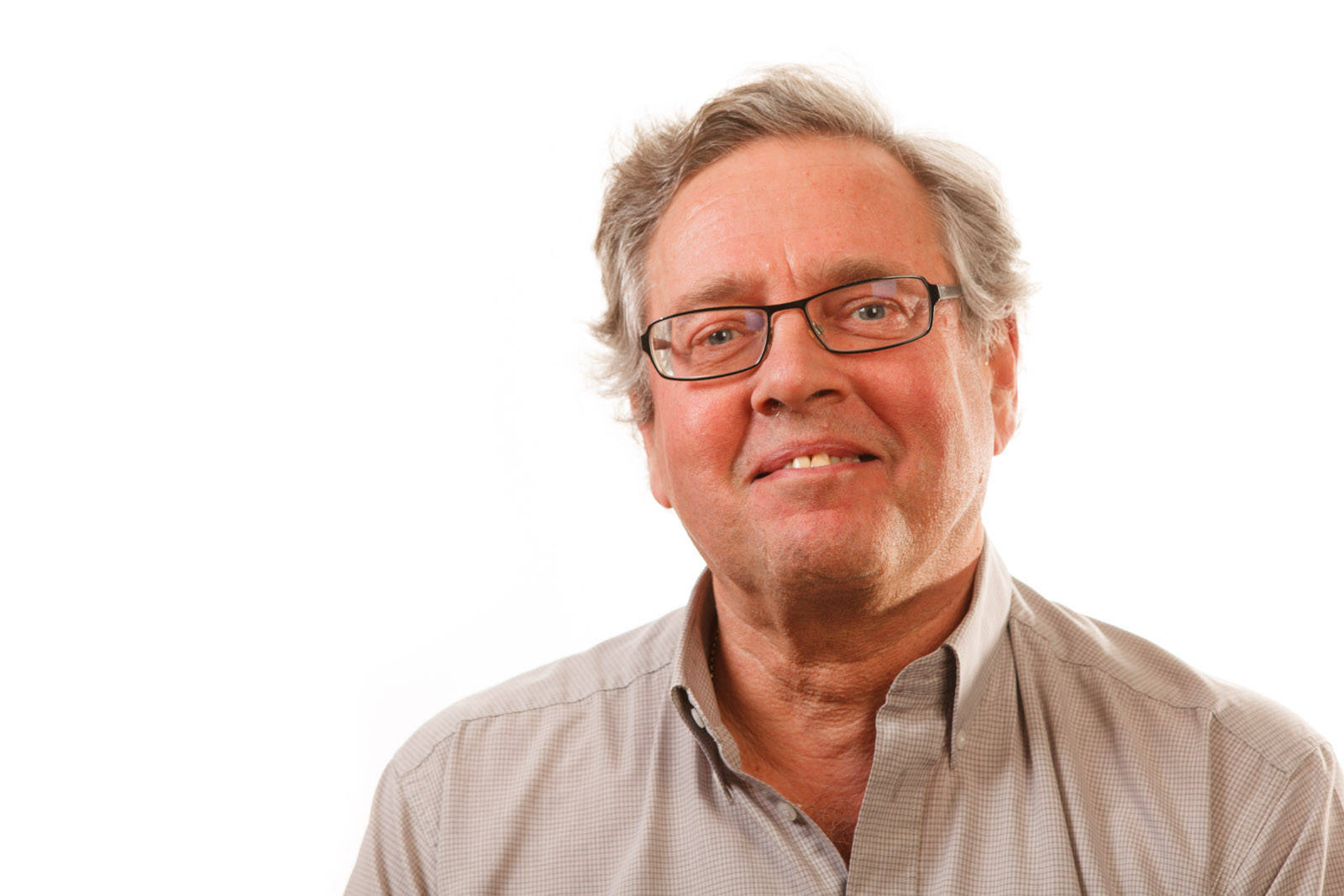Rop Zoetemeyer (66), chairman of Biobased Delta Zuid-Holland and vice-chairman of Biobased Delta, views the biobased economy through arithmetic spectacles. No stories about chemicals with added value, but large volumes from big factories that start producing building blocks based on biomass (one-on-one substitutes for fossil chemicals), which in turn will serve as specialty chemicals and transport fuels.
‘Willem (Sederel, Biobased Delta chairman) asked me to take on the vice-chairmanship of Biobased Delta, for which, from my position in Zuid-Holland, I specifically focus on two themes: plant content substances and working on setting up biorefining platforms. The first process is new to me, but I learn quickly,’ Zoetemeyer laughs.
He has gained more than enough experience with the second aspect. He stood at the cradle of the growth of Purac, since acquired by Corbion, the former CSM. ‘I have personally experienced what it means to upscale a biotechnical process.’
Redefinery
At that time, about a quarter of a century ago, Purac was still small. Since then it has grown into a (small) fully-fledged multinational. ‘We always made a profit,’ according to Zoetemeyer. Precisely because of his track record and knowledge background (he studied chemical engineering and took his doctoral degree in a biotechnical subject), he appears to be the right man for the job to set up a large-scale biorefinery in South-western Netherlands. Under the name Redefinery, Zoetemeyer and his team are working on three planned biorefinery facilities based on lignocellulose.
‘A crucial aspect is the TRL (Technology Readiness Level). The paper and pulp industry already extracts cellulose, C5 sugars (which now go into water purification) and lignin from wood lignocellulose on an industrial scale. And the follow-up step, enzymatic hydrolysis to convert cellulose into C6 sugars, has been upscaled. An example of this is DSM/POET in Iowa, USA.’
4 million tonnes makes the grade
Thus the basic feedstock is wood (chips, pellets, waste, etc). According to Zoetemeyer, wood already makes the grade based on an annual volume of 4 million tonnes per year. ‘Then you are talking about a feedstock price that fluctuates between 100 and 160 euros per tonne. A price from which you can subtract a maximum of fifty percent by upgrading lignin as energy bearer. The latter product is then used as an energy source for the biorefinery process. There are good prospects with lignin if it can be converted on a large scale into biobased bunker oil and the even higher quality biokerosene. In that case you would receive 500 or 1000 euros per tonne, respectively (based on the current price levels). Another process altogether is converting lignin into bio-aromatics (BTX). These are long-term processes with a horizon farther down the road. We do focus attention on this with Biobased Delta (in the Biorizon consortium, including VITO and TNO). It is important, but our focus, let’s say 90 percent of our work, is directed towards concrete activity within the not too distant future, meaning approximately five to seven years.’
Three-stage rocket
What does this mean in concrete terms? Zoetemeyer describes it as a three-stage rocket. In about four years a demo plant will have to be built in South-western Netherlands, probably in the Sloe area, with a capacity of approximately 1 million tonnes annually as the starting point. Half of the production of this plant will be sugars and the other half will be lignin. ‘The latter will not be a neat process, so the yield will be lower than the theoretical one (65 percent sugars), and the quality of it will only be suitable for energy purposes. With this demo facility we want to especially upscale the other relevant processes, for example converting cellulose into C6 sugars. Water purification and, for example, combined steam and power generation are also important. In other words, not only the pre-treatment, but also the entire complex has to be part of the growth.’
In the beginning of the next decade, the first plant with a capacity of 4 million tonnes, entirely self-sufficient, will be built, possibly in Rotterdam. ‘The demo is not yet commercially viable on the basis of the current estimate. Keeping the growth capacity in mind as well as the right (future) products over the fence of biorefinery, we will of course make a big effort to also turn this “demo” into an economic success, thus without long-term subsidies. Based on our calculations for the biorefinery, the second plant will run at a return of 12 percent on investment. So we also expect to bring (institutional) investors on board.’ Eventually we also plan to build a plant (2 million tonnes per year) in Moerdijk for producing aromatics based on lignin.
Plugging into existing infrastructure
This brings us to likely intermediates (drop-ins) which can be produced based on sugars and lignin (from lignocellulose). Ethanol from sugars and energy from lignin are already completely scaled up (TRL 9). This will be followed by lactic acid, syngas, methanol, isobutanol, bunker oil and succinic acid. These building blocks will in turn be the basis for other chemicals or biobased plastics such as PLA.
‘This takes us to the good starting position taken on by South-western Netherlands. Chemistry is strongly represented in the region. In short, the customers are nearby. The supply, in this case wood, is also ensured due to the presence of various deep sea ports, as there is too little biomass in the immediate vicinity. In the Netherlands we have meanwhile gained experience in importing wood pellets in enormous quantities. That comes in handy now. Don’t forget that the biorefineries are plugged into an existing infrastructure, which entails scale advantages, for example in the area of purchasing or using energy, heat or other process resources.’
Larger supply
Biobased Delta has the clear task of bringing partners aboard who are active in each link of the chain, from supply, biorefinery, conversion (sugars), intermediates, to products and final products. Zoetemeyer shows a slide which illustrates that four to five companies (big players) are active in each chain in South-western Netherlands. ‘Of course we have already been talking over our plans with these companies. They are positive, certainly because they have a larger selection as far as supply is concerned and are thus less dependent on fluctuating oil prices. That is their interest. However, they will not immediately open their wallets to finance plants. Nor is that necessary for the 4 million tonne plant. At a given moment we want solid promises: that companies will commit themselves to volumes. That can only happen when you sit at the table with the representatives of all the links in the chain. Yes, I can imagine that some of them will be hesitant about this. That is also our role in the process, to make sure that everyone’s intellectual property is safeguarded and that the connection from demo to commercial takes place as rapidly and impeccably as possible.’



